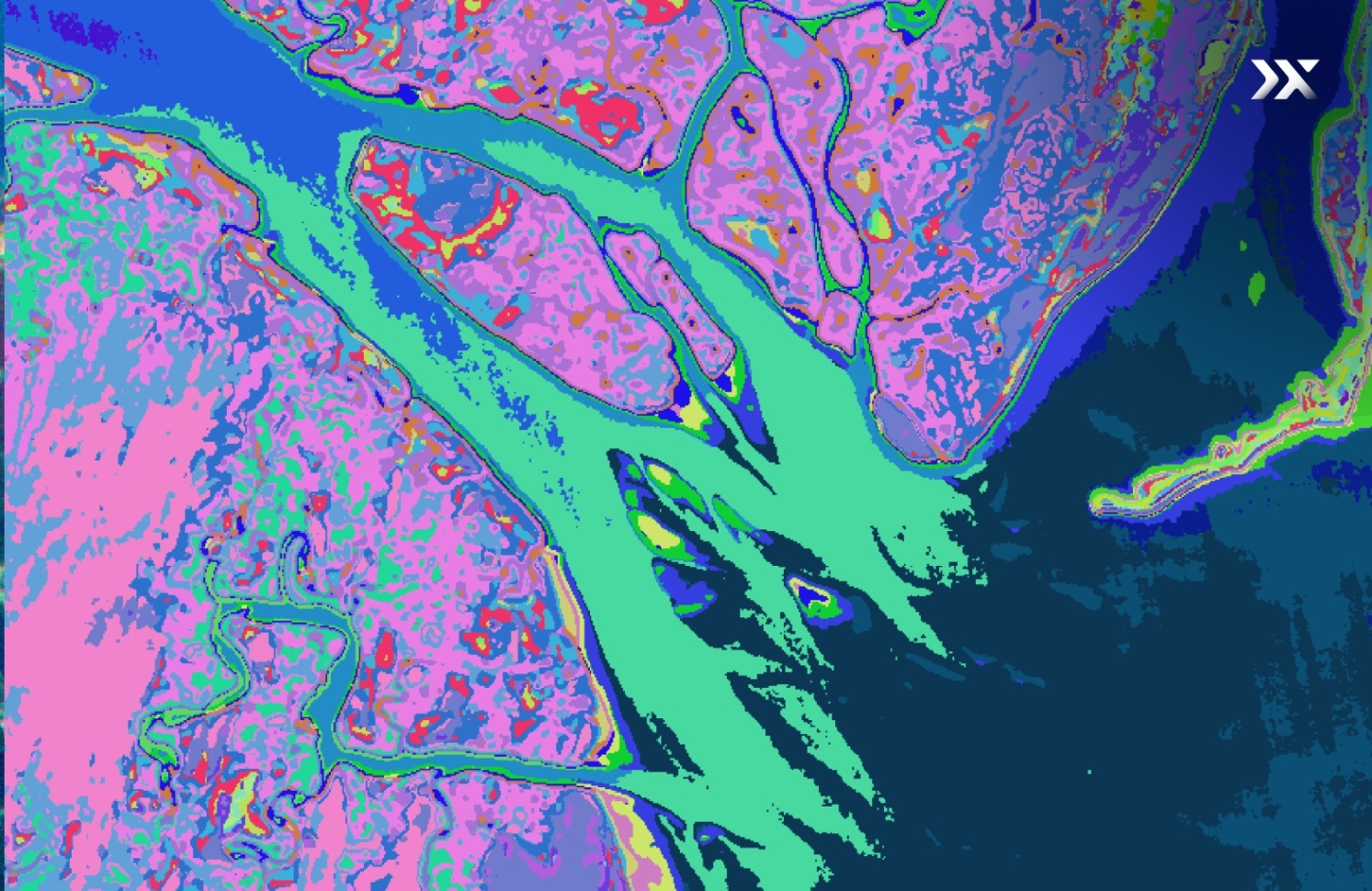Monitoring Water Quality with Pixxel’s Hyperspectral Imaging Satellites

Water quality monitoring and hyperspectral imaging satellites play a vital role in safeguarding our surface waters. Water is essential for all living organisms, including humans and is an essential component across every industry, with uses spanning across different operational phases. Yet, pollution and contamination persist despite additional regulations and efforts to protect our water bodies, threatening our ecosystems and public health.
By harnessing the power of hyperspectral imaging, remote sensing can provide invaluable insights into water quality and pollution levels. In this scenario, Pixxel is leading the change with its hyperspectral imaging satellites.
What is hyperspectral imaging, and why is it important for water quality monitoring?
Hyperspectral imaging allows us to see our planet’s surface in a way we’ve never seen before. Unlike conventional methods that capture data in just a few bands, hyperspectral imaging sensors can split the electromagnetic spectrum into hundreds of narrow bands. This increase in data capture means they can extract information that was previously unavailable, giving us a new level of precision.

In the field of water quality monitoring, this technology is revolutionary. It enables us to detect and predict low water quality conditions in surface waters, allowing for effective and timely warnings and mitigation measures. But hyperspectral imaging’s capabilities don’t stop there; it has a wide range of applications.
Hyperspectral imaging satellites enable the detection of pollutants, emerging contaminants, and even debris in surface waters with unmatched accuracy. Furthermore, hyperspectral imagery enables us to detect and monitor harmful algal blooms down to the species level, which is essential for determining their threat levels to human health and the environment and taking action before they become a crisis.
Furthermore, this novel remote sensing technology can track numerous parameters that serve as proxies for water quality conditions. These indicators include chlorophyll levels, watercolour, and oxygen levels.
Pixxel’s hyperspectral imaging solutions offer a more efficient, accurate, and cost-effective way to monitor and manage water quality. It reduces our reliance on ground infrastructure and provides consistent and reliable data at remarkable accuracy.
Our whitepaper on “The Hyperspectral Advantage in Water Quality Monitoring” dives deeper into Pixxel’s hyperspectral solutions, exploring their applications, benefits, and how it’s set to transform environmental monitoring practices. It elaborates on specific use case applications and gives insight into the significant wavelengths for detecting water quality parameters.
Here's a glimpse of what our whitepaper covers:
- Addressing key challenges: Gain insights into the challenges facing effective water quality monitoring and management and explore hyperspectral imaging solutions’ potential to overcome them.
- Key Use Cases: Focus on real-world applications, including the detection of contaminants, unsafe surface waters, and harmful algal blooms before they cause extreme damage to the environment.
- Pixxel’s hyperspectral advantage: Explore how our advanced technology empowers organisations to detect, classify, and quantify threats to water quality.
Read a detailed version of this blog as our downloadable whitepaper.
At Pixxel, we are on a mission to create a health monitor for our planet with an upcoming constellation of high-resolution hyperspectral Earth observation satellites and cutting-edge analytical tools. These satellites, when operational, will provide global coverage every 24 hours with the promise to detect, monitor, and predict critical global phenomena across diverse sectors like agriculture, mining, environment, and energy.
Get in touch with us to find out more about how hyperspectral imaging can benefit your organisation with robust and transparent datasets!




